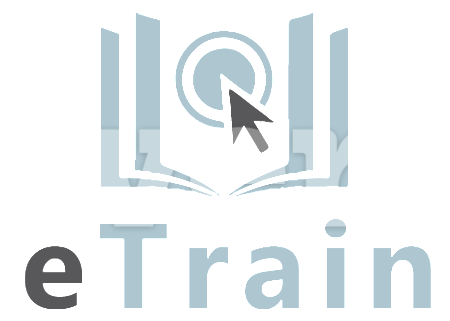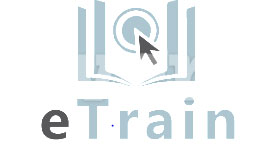Description
Resilience, organisation, and the ability to say ‘no’ are part of a job that gives access to other worlds – worlds most of us can only dream of being a part of.
Some jobs demand big egos, confidence, and the desire to be centre of attention. Being an Executive PA is not one of those roles. Being an Executive PA is one of the most challenging and hectic job roles imaginable, yet can also be one of the most rewarding, as you can gain access to places usually deemed off limits for us ‘normal’ folk.
This course will give you all the necessary skills to start a career as a personal assistant. You will learn about the industry, and what it takes to assist high level business people. This is the advanced version of our Executive PA package, and offers more depth of learning, with 2 extra courses included. This will give you a much wider range of skills when starting your role as an Executive PA.
If you are still deciding on a career path, being an Executive PA is an excellent choice, it can lead you into almost any industry in the world and gives you the chance to see how businesses operate, with a lot more insight than most other roles.
This Advanced Executive PA package builds on the Intermediate package and adds the Interpersonal Skills and Effective Planning and Scheduling courses, creating a far more skilled Executive PA at the end of tuition.
COURSES INCLUDED
The following courses make up this package to teach you all you need to know to become a well-rounded Executive PA.
Executive and Personal Assistants
Getting Started
Working with Your Manager
Administrative Soft Skills
Effective Time Management
Meeting Management
Tools of the Trade
Being an Effective Gatekeeper
Organisational Skills
Confidentiality Guidelines
Special Tasks
Wrapping Up
Advanced Business Writing
How to make your writing clear, complete, concise, and correct
Improve sentence construction and paragraph development
Deal with specific business requests
How to create effective business cases, proposals and reports
Thoroughly document sources that you can use in your writing
Active Listening
The definition of active listening and its key components
Identify ways to become a better listener in any environment
How to use body language to reflect a positive listening attitude
The difference between sympathy and empathy, and when each is appropriate
How to create a listening mindset using framing, positive intent and focus
How to be genuine in your communications
Understanding the communication process
Asking questions, probing for information, and using paraphrasing techniques
Building relationship to create an authentic communication experience between the individuals included
Identifying common listening problems and solutions
10 Soft skills you need
Getting Started
What are Soft Skills?
Communication
Teamwork
Problem-Solving
Time Management
Attitude and Work Ethic
Adaptability/Flexibility
Self-Confidence (Owning It)
Ability to Learn From
Networking
Wrapping Up
Telephone Etiquette
Getting Started
Aspects of Phone Etiquette
Using Proper Phone Language
Eliminate Phone Distractions
Inbound Calls
Outbound Calls
Handling Rude or Angry Callers
Handling Interoffice Calls
Handling Voicemail Messages
Methods of Training Employees
Correcting Poor Telephone Etiquette
Wrapping Up
Interpersonal Skills
Understand the difference between hearing and listening.
Know some ways to improve the verbal skills of asking questions and communicating with power.
Understand what is ‘non-verbal communication’ and how it can enhance interpersonal relationships.
Identify the skills needed in starting a conversation.
Identify ways of creating a powerful introduction, remembering names, and managing situations when you’ve forgotten someone’s name.
Understand how seeing the other side can improve skills in influencing other people.
Understand how the use of facts and emotions can help bring people to your side.
Identify ways of sharing one’s opinions constructively.
Learn tips in preparing for a negotiation, opening a negotiation, bargaining, and closing a negotiation.
Learn tips in making an impact through powerful first impressions.
Effective Planning and Scheduling
Define and create a Work Breakdown Structure
Identify and understand task relationships
Estimate task durations and determine project duration
Construct a network diagram
Calculate the critical path of a project
Use the Program Evaluation and Review Technique (PERT) to create estimates
Plan for risks
Create a communication plan
Effectively allocate project resources
Update and monitor the project schedule







Reviews
There are no reviews yet.